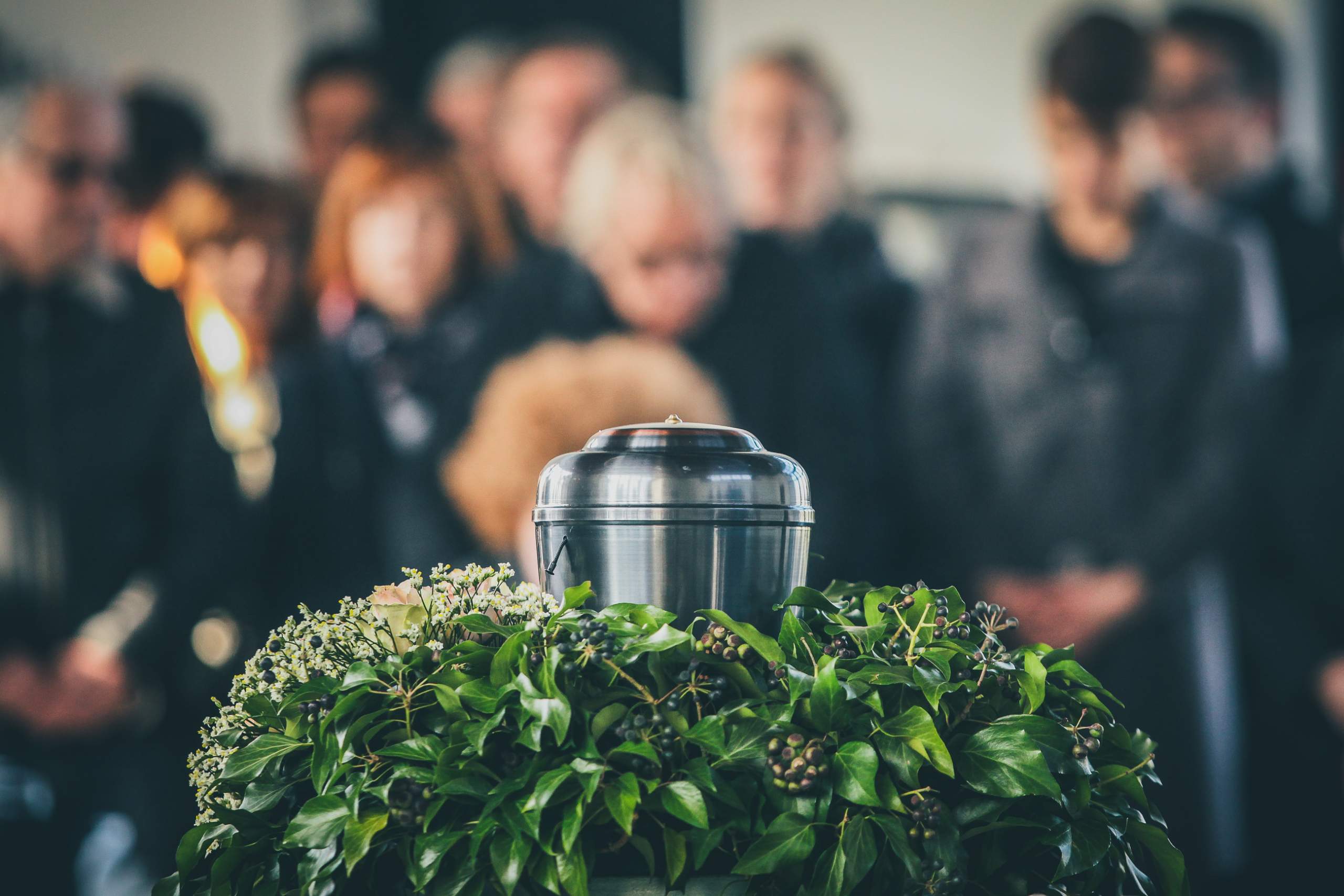
Cremation is a widely chosen alternative to traditional burial, offering a unique and increasingly popular way to handle the remains of a loved one. Understanding the cremation process can provide clarity and reassurance during a challenging time.
Cremation begins with the careful placement of the deceased in a cremation container or casket. It’s crucial that this process is handled with respect and dignity. Once the necessary legal paperwork is completed and verified, the body is prepared for cremation, ensuring proper identification and documentation.
The cremation chamber, a specialized furnace designed for this purpose, is preheated to a high temperature. The container holding the deceased is then placed into the chamber. The high temperatures, typically ranging from 1,400 to 1,800 degrees Fahrenheit (760 to 982 degrees Celsius), initiate the breakdown of the body’s organic matter through a process known as combustion.
Over a period of several hours, the body undergoes a transformation into cremated remains, also known as ashes. These remains consist of bone fragments and any non-organic materials, such as metal dental fillings or surgical implants. Once the process is complete, the chamber cools down, and the remains are carefully collected.
The cremated remains are then processed to reduce them to a fine, sand-like texture. Any metal objects that remain, such as dental or surgical implants, are separated and disposed of appropriately, often following specific environmental guidelines.
Families can choose to keep the cremated remains in an urn, scatter them in a meaningful location, or opt for various other memorialization options. Cremation offers flexibility, allowing loved ones to select the most fitting way to honor the memory of the deceased.
It’s essential to note that cremation is a highly regulated process, with strict protocols in place to ensure the proper handling and identification of remains. Funeral directors and crematory operators are trained to adhere to these standards, providing families with peace of mind during this emotionally challenging time.
Cremation is a personal choice, and understanding the process can help individuals and families make informed decisions about end-of-life arrangements. It provides an alternative to traditional burial while allowing for a range of meaningful and customizable memorialization options.
